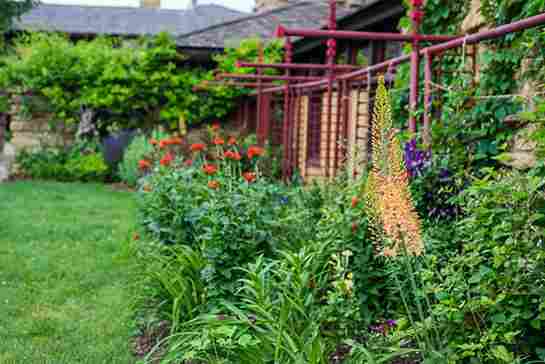Taliesin, the summer home and studio of architect Frank Lloyd Wright, is a prime example of late-19th- and early-20th-century Prairie School style. The rolling hills of southwestern Wisconsin guided the positioning and form of the building, whose design invokes a sense of harmony between the man-made and the natural worlds. Wright, who championed such organic architecture, devised many of his most famous works, including Fallingwater and the Guggenheim Museum, at this Spring Green, Wisconsin, estate.

Set on 800 acres, Taliesin has plenty of room for nature. Today, the site, which functions as a museum and seasonal site for the Frank Lloyd Wright School of Architecture, maintains its original gardens, which were central to the Wright’s design. But with the passing of time, they have inevitably grown and taken new shape—Wright himself continually changed them during the course of his life.

Estate manager Jim Erickson and landscape coordinators Jessica Tripalin and Mike Degen are implementing an ongoing restoration plan that aims to return the gardens to their state in 1959, the year of Wright’s death and the cumulation of his work on the garden. New orchards are being planted per Wright’s template, as are hollyhocks, a popular plant used in ’50s landscaping. The restorations apply not only to the gardens but to the agricultural grounds as well.
For more information visit taliesinpreservationrg or franklloydwrighrg .
